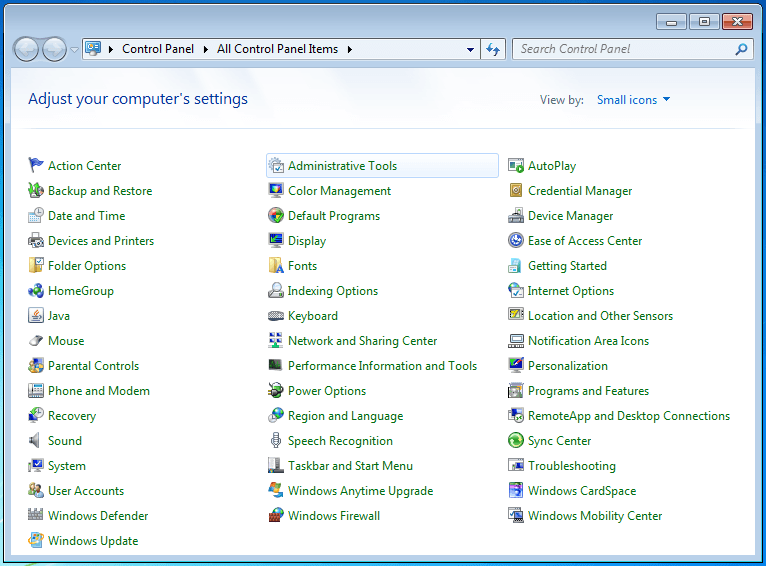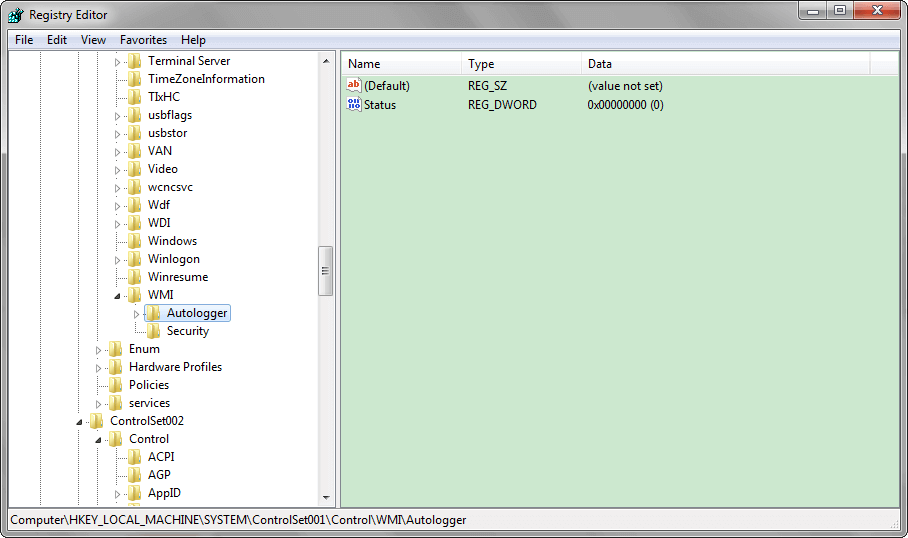

This allows an attacker to install kernel-mode implants or rootkit code very early in the boot process. These types of threats can influence the kernel-space before all the mitigations apply. However, instead of infecting legacy bootstrap code (MBR/VBR), they attack the UEFI-based bootloader to persist below the operating system. The technical details of two new UEFI bootloader-based pieces of malware ( FinSpy and ESPecter, which behave similarly to classical bootkits, have been published recently. Unfortunately, the problem requires a more complex approach and the modern architecture of Endpoint Detection & Response (EDR) solutions are weak against generic attack patterns.Īt Black Hat Europe 2021, Binarly researchers presented several attack vectors that weren't aimed at attacking a single solution, but instead exposed industry-wide problems. Microsoft has confirmed that this is a problem in the Microsoft products that are listed in the "Applies to" section.As experts in firmware security, the Binarly team is frequently asked why endpoint solutions can’t detect threats originating below the operating system such as firmware implant payloads. HKEY_LOCAL_MACHINE\SOFTWARE\Microsoft\Windows\CurrentVersion\WINEVT\Publishers\ HKEY_LOCAL_MACHINE\SOFTWARE\Microsoft\Windows\CurrentVersion\WINEVT\Channels\Microsoft-Windows-EventCollector/Operational HKEY_LOCAL_MACHINE\SOFTWARE\Microsoft\Windows\CurrentVersion\WINEVT\Channels\Microsoft-Windows-EventCollector/Debug HKEY_LOCAL_MACHINE\SOFTWARE\Microsoft\Windows\CurrentVersion\WINEVT\Channels\ForwardedEvents
Ms autologger how to#
Additionally, Windows Management Framework 3.0 must be installed or previously installed in Windows.įor more information about how to obtain a Windows 7 or Windows Server 2008 R2 service pack, click the following article number to view the article in the Microsoft Knowledge Base:ĩ76932 Information about Service Pack 1 for Windows 7 and for Windows Server 2008 R2Īfter you uninstall the Windows Management Framework 3.0 package, the following registry keys are deleted from your computer: To apply this hotfix, you must be running Windows 7 SP1 or Windows Server 2008 R2 SP1.
Ms autologger update#
For more information about how to obtain this update, click the following article number to view the article in the Microsoft Knowledge Base:Ģ823180 Update is available for Windows Management Framework 3.0 in Windows 7 SP1, Windows Server 2008 R2 SP1, or Windows Server 2008 SP2 Prerequisites To resolve this issue, install the update that is described in update 2823180. Note For information about the removed keys, refer to the Registry Key section in this article. These issues occur because the registry keys that are related to the Forwarded Events log are removed when you uninstall of the Windows Management Framework 3.0 package. Note For more information about Windows Management Framework 3.0, click the following article number to view the article in the Microsoft Knowledge Base:Ģ506143 Description of Windows Management Framework 3.0 for Windows 7 SP1 and Windows Server 2008 R2 SP1 Cause When you click Applications and Services Logs, click Microsoft, and then click Windows, EventCollector is not displayed. When you click Windows Logs, and then click Forwarded Events, all the Forwarded Events logs become unavailable. After you uninstall the Windows Management Framework 3.0 package and then restart the computer, you encounter the following issues in Event Viewer:

Assume that you install Windows Management Framework 3.0 on a computer that is running Windows 7 Service Pack 1 (SP1) or Windows Server 2008 R2 SP1.


 0 kommentar(er)
0 kommentar(er)
